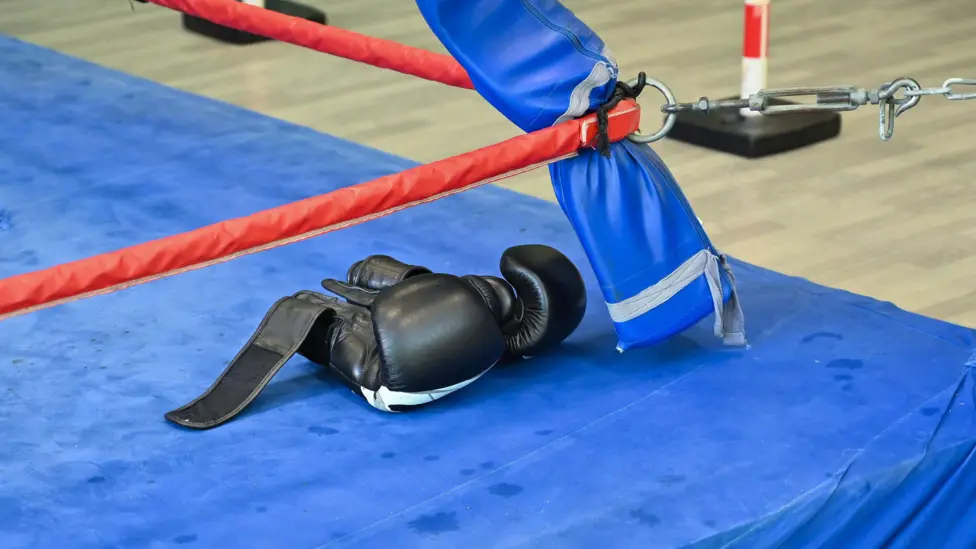
Tragedy Strikes Tokyo Boxing as Second Fighter Dies from Brain Injury
Boxing World Mourns After Second Brain Injury Death from Tokyo Event
The Japanese boxing community is reeling after a second fighter from the same Tokyo event lost his life to brain injuries, marking one of the sport’s darkest weeks in recent memory.
Hiromasa Urakawa, 28, died on Saturday following an eighth-round knockout defeat to Yoji Saito on August 2 at the famed Korakuen Hall. His death came just one day after fellow Japanese boxer Shigetoshi Kotari passed away from injuries sustained in a separate bout on the same card.
Both men suffered subdural haematomas, a serious brain injury in which blood collects between the skull and brain, often caused by repeated blows to the head. Despite undergoing emergency surgery, neither fighter recovered.
The twin tragedies have shaken Japanese boxing to its core and sparked immediate changes from the Japan Boxing Commission, which has now reduced all Oriental and Pacific Boxing Federation (OPBF) title bouts from 12 rounds to 10.
Urakawa’s Final Fight
Urakawa’s match against Saito had been billed as an exciting clash between two aggressive fighters, known for their high work rate and willingness to trade heavy punches. For seven rounds, the crowd at Korakuen Hall watched a tense back-and-forth battle.
In the eighth round, Saito landed a decisive series of punches, culminating in a knockout that silenced the venue. Urakawa collapsed, prompting immediate medical attention. He was rushed to hospital and underwent surgery, but his condition remained critical until his death six days later.
The World Boxing Organisation (WBO) released a statement saying it “mourns the passing of Japanese boxer Hiromasa Urakawa, who tragically succumbed to injuries sustained during his fight against Yoji Saito,” adding that the loss came “just days after the passing of Shigetoshi Kotari, who died from injuries suffered in his fight on the same card.”
Remembering Shigetoshi Kotari

Two Japanese boxing die after brain injuries at same Tokyo event
Just a day before Urakawa’s passing, the boxing world was already grieving for Shigetoshi Kotari, who had also undergone surgery for a subdural haematoma after his fight at the same event.
Kotari’s bout had been halted when he showed clear signs of distress in the ring. Like Urakawa, he was taken immediately to hospital and operated on, but never regained consciousness. His death on Friday sent shockwaves through Japanese sport — and the back-to-back tragedies have prompted soul-searching conversations about fighter safety.
The Emotional Toll on Japanese Boxing
In a sport where danger is ever-present, the loss of two fighters within days of each other from the same card is almost unheard of.
The Japanese boxing community is tightly knit, and Korakuen Hall — known as the “Mecca of Japanese boxing” — has long been a home to unforgettable nights of competition. But now, its latest event will be remembered not for the fights themselves, but for the heartbreaking losses that followed.
Messages of condolence have poured in from fighters, trainers, and fans around the world. Many have called for further safety measures, from shorter fights to stricter medical checks, while others stress that boxing will always carry inherent risks that can never be completely eliminated.
Safety Changes Implemented Immediately
The Japan Boxing Commission wasted no time in responding to the tragedy. All OPBF title bouts, which previously ran 12 rounds, will now be contested over 10 rounds — a move aimed at reducing cumulative damage to fighters.
While the change is welcomed by many, there are voices in the sport calling for deeper reforms: mandatory longer recovery periods between fights, more stringent medical testing before bouts, and even changes to training practices to minimise sparring head trauma.
Still, others caution that even the most rigorous safety measures cannot fully remove the risks in a sport defined by punches to the head.
A Global Pattern of boxing Fatalities
Sadly, the deaths of Urakawa and Kotari are not isolated incidents in 2025. Earlier this year, Irish boxer John Cooney, also aged 28, died in February after suffering an intracranial haemorrhage during a fight in Belfast against Welshman Nathan Howells.
Cooney’s passing sparked debates in the UK and Ireland over fight safety, with some campaigners calling for better post-fight monitoring and rapid intervention protocols. Now, the events in Tokyo have reignited those discussions on a global scale.
The Unanswerable Questions
Whenever boxing faces such tragedies, the same questions resurface: Can more be done to protect fighters? Should the sport adapt further to reduce the number of rounds, limit weight cuts, or shorten training camp sparring sessions?
The answers are never simple. Fighters themselves often resist changes that might be perceived as softening the sport. Many accept the dangers as part of boxing’s reality — a calculated risk taken in pursuit of glory.
But for families, friends, and fans, these deaths are more than statistics. They are devastating personal losses, leaving behind grief that will last a lifetime.
Honouring the Fallen
Hiromasa Urakawa and Shigetoshi Kotari were more than just athletes. They were sons, friends, and role models to those who knew them. Their willingness to step into the ring was a testament to courage and dedication — qualities that will be remembered even as the sport grapples with how to better safeguard its fighters.
For now, the boxing world is in mourning. The back-to-back losses have left an indelible mark, serving as a stark reminder that while boxing can thrill and inspire, it also demands the highest price.
As tributes continue to flow in, the hope is that their deaths will inspire meaningful change, ensuring that future fighters step through the ropes with every possible protection in place.




























There are no comments yet. Be the first to comment!